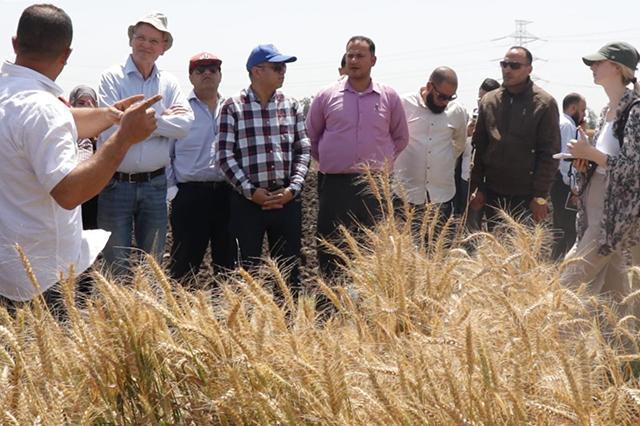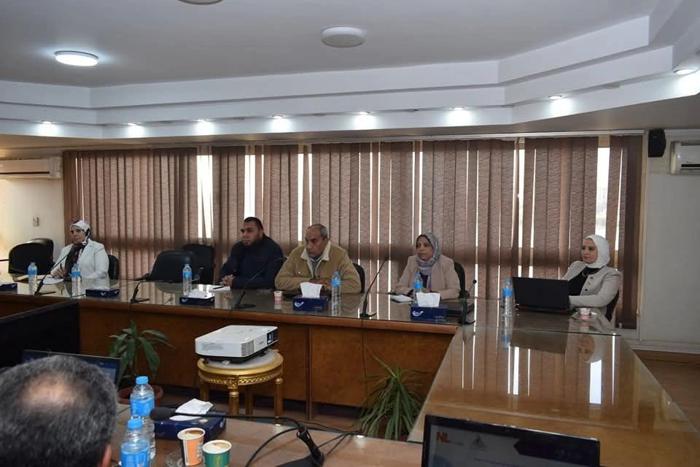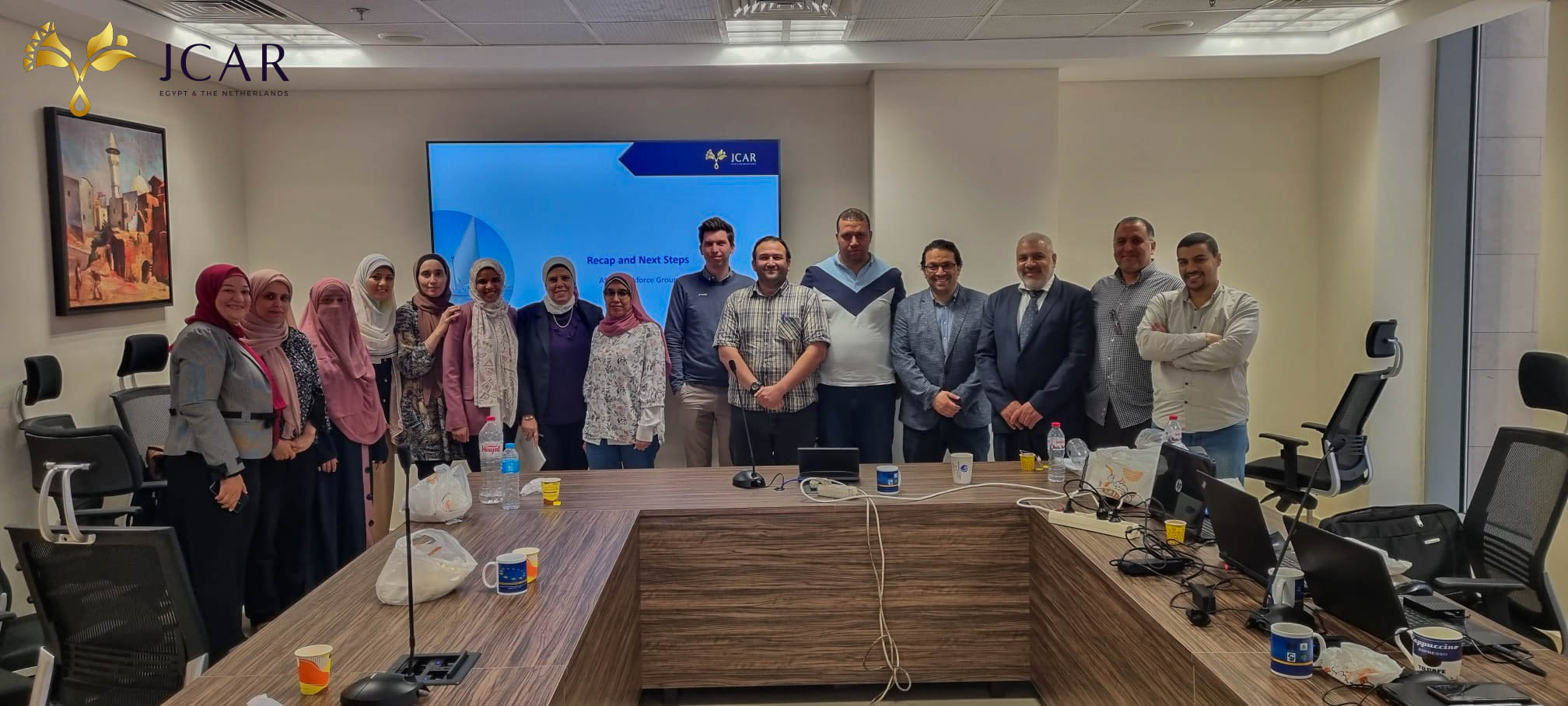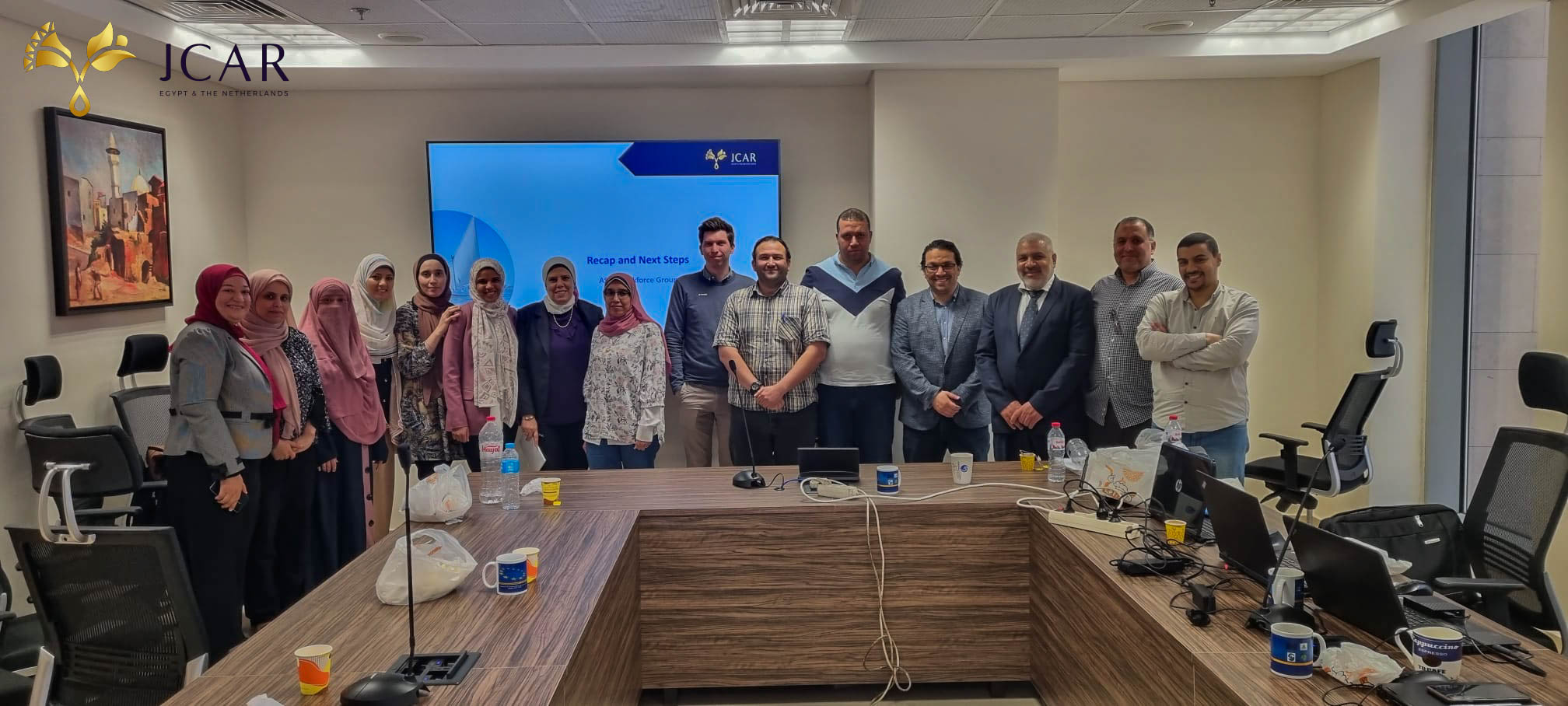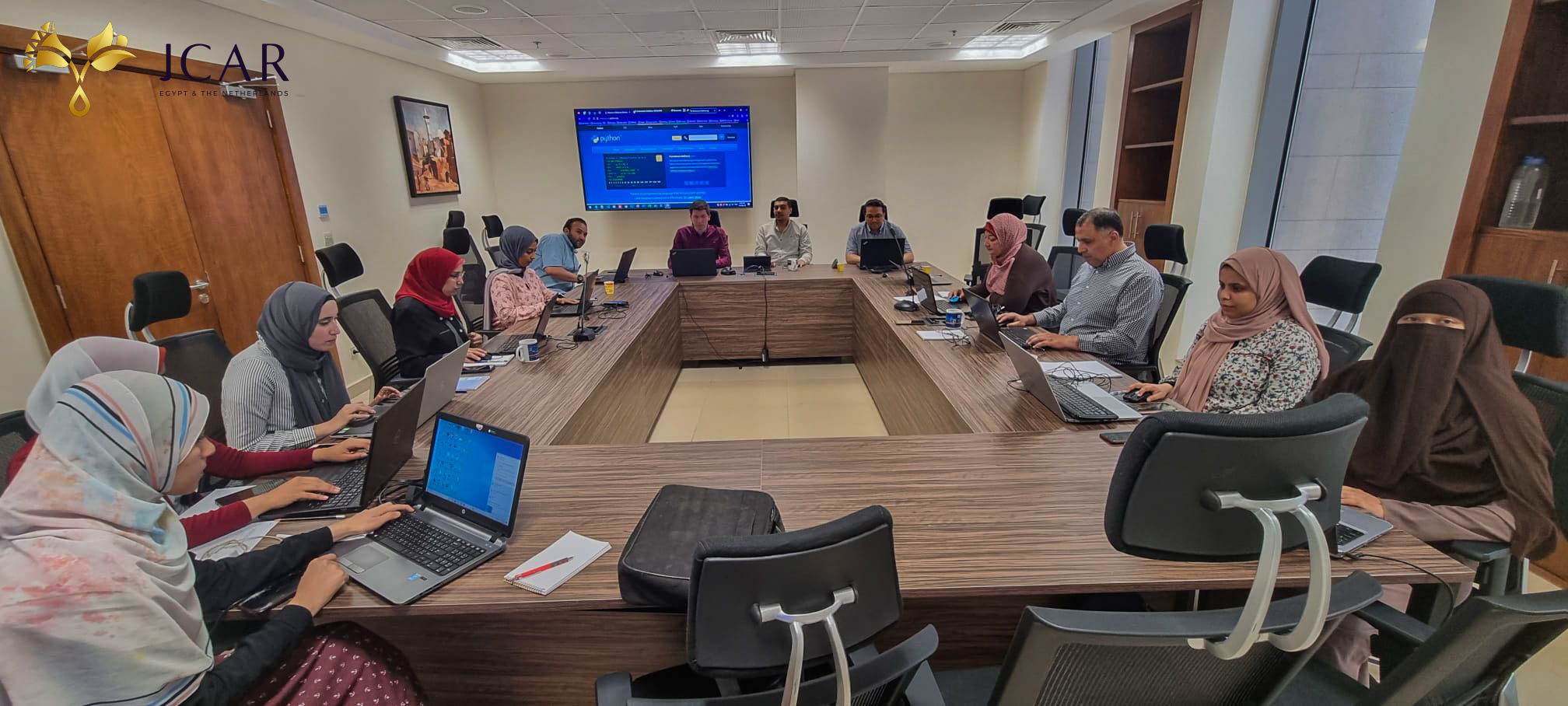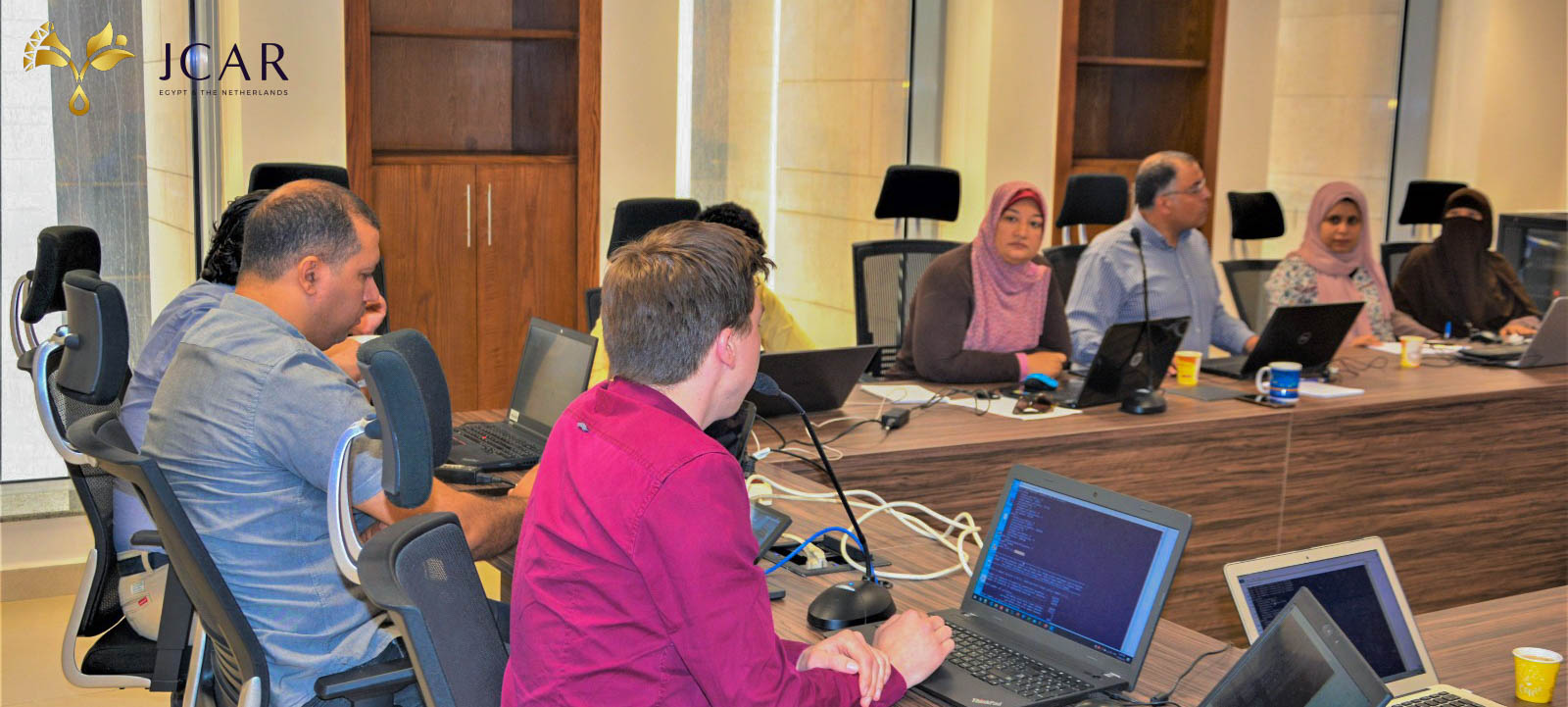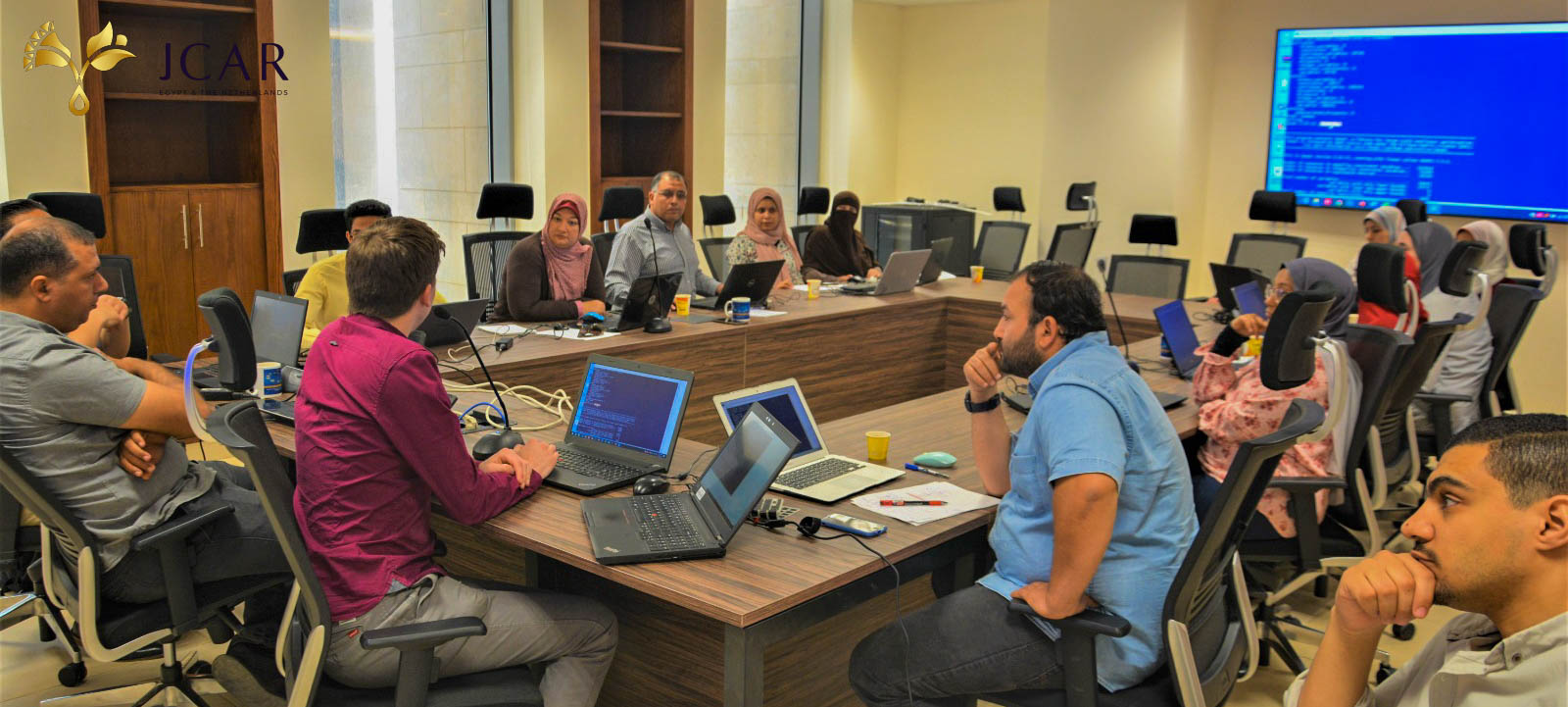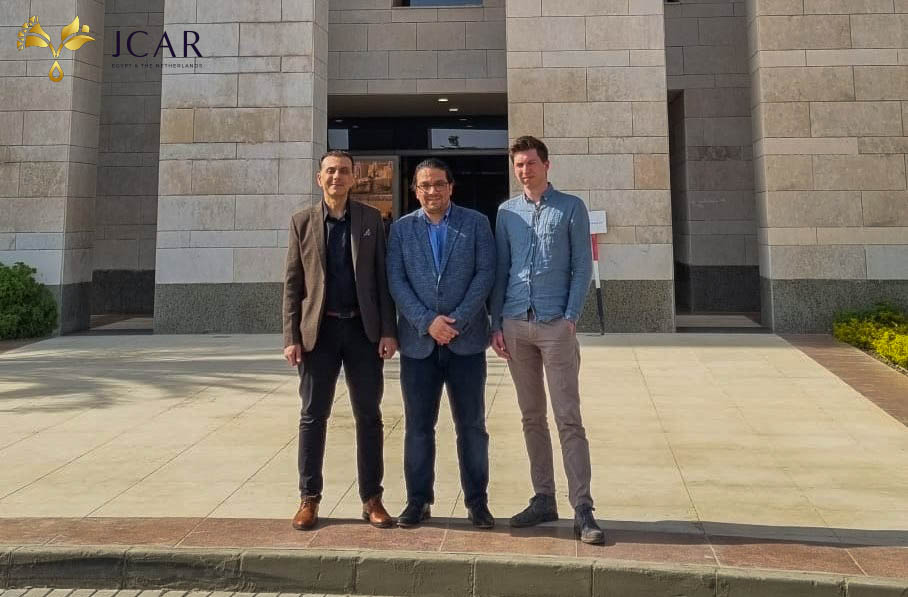Overview
Carried by the JCAR-A4I project, the Wageningen University & Research (WUR), the Planning Sector and the Soil, Water and Environment Research Institute (SWERI), successfully conducted a one-week introductory workshop on the New Agricultural Sector Model of Egypt (NASME).
The purpose of this workshop was to familiarize participants with the NASME, which is intended to replace the outdated version of the agricultural sector model. The workshop took place at the newly established headquarters of the Ministry of Water Resources and Irrigation (MWRI) in the new administrative capital, for the first time.
During the workshop, attendees were provided with a comprehensive overview of the NASME, including its objectives, key inputs and outputs. Moreover, an in-depth analysis and comparison of the code utilized in the old version of the model and the new version were conducted, along with an examination of the requisite data for the model.
The primary aim of the NASME is to enhance the efficiency of crop production across different governorates in Egypt, while considering the constraints imposed by water and land availability. The workshop attracted approximately 15 participants, who actively engaged in the sessions and discussions.





